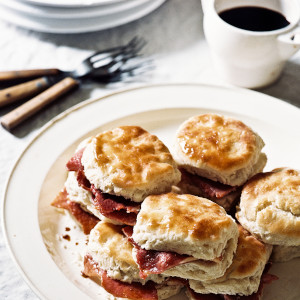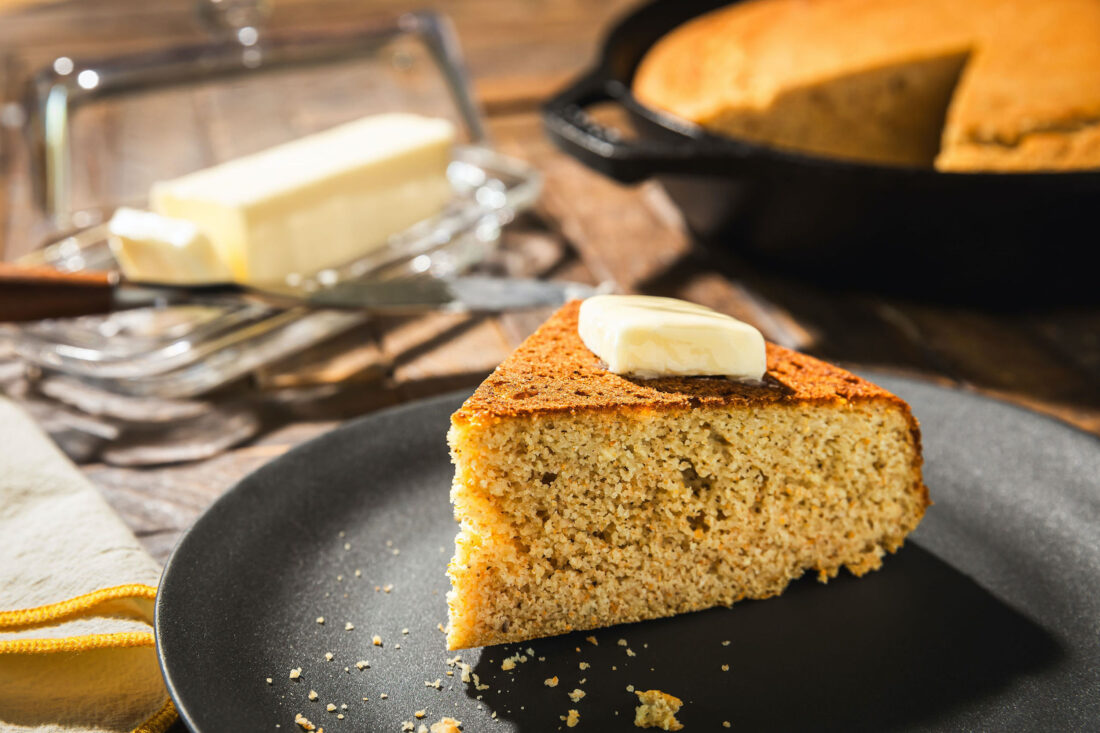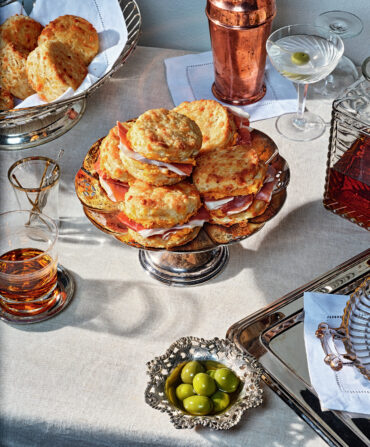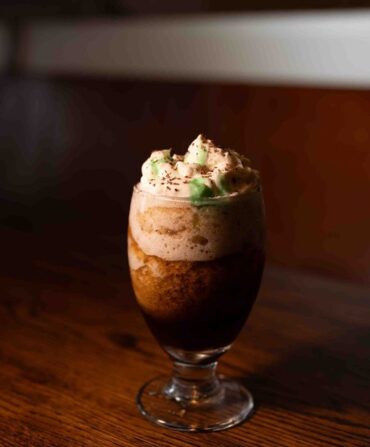When Kris Stubblefield says, “I’ve been perfecting this skillet of cornbread for my whole life,” he’s not exaggerating by more than a crumb or two. As an in-house chef at Lodge Cast Iron’s headquarters in South Pittsburg, Tennessee, he estimates that the recipe presented below has been improved through six or eight iterations, tweaking leavening agents and techniques on the path to cornbread nirvana.

His personal love of cornbread began in childhood and grew through his time at Sewanee: the University of the South before helping him land a dream job at Lodge, where his duties include vetting the many recipes competing in the company’s annual National Cornbread Festival. “At this point,” he says, “I’ve made thousands of pans of cornbread.”
So what makes for perfect cornbread? “We start at the crust every time,” he says. “You want that golden, crispy crust, then inside you want enough moisture that you’re not reaching for a glass of milk after every bite.”
Home-cook cornbread heads will be relieved to find that Stubblefield’s preparation is by no means overly chefy, though it does hold a few twists worth noting. For one, it excludes the use of any flour. “I wanted this recipe to be an all-cornmeal recipe, and the use of fine-ground cornmeal bridges that texture gap,” Stubblefield says. “That said, if you have an absolute favorite cornmeal that isn’t fine-ground, that’s probably what you should reach for.” He also points out that though the recipe calls for a tablespoon of sugar to balance things out, the result isn’t “sweet at all.”
A step he cautions to not skip is melting a stick of butter (yes, a stick) directly in a heated skillet before incorporating into the batter. “Coating the bottom and sides of the screaming-hot skillet with butter, then mixing the excess butter into the batter and quickly pouring the batter into the skillet is key,” he says. “Your batter will immediately sizzle when it hits the pan, creating that crispy crust. Plus, butter provides a natural non-stick surface and helps create deep, rich flavor.”
After leading you up the crisp-crust mountaintop, Stubblefield’s most unorthodox direction is to serve the cornbread upside down. “This helps maintain that delicious, crisp exterior,” he explains. “Plus, people are going to talk about your crust, so in my opinion, you serve it crust side up. It’s a badge of honor that you know how to make perfect cornbread.”








